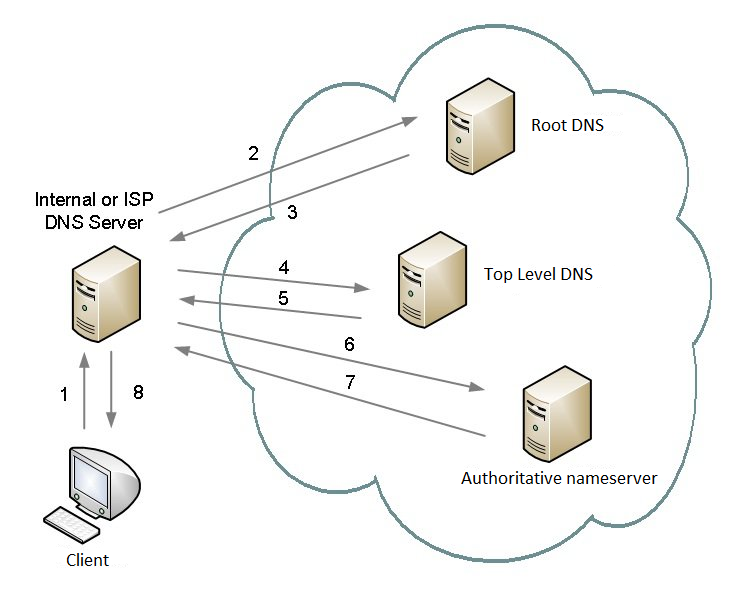
In an increasingly digitized world, our lives revolve around the internet. From browsing websites to sending emails, the internet has become our primary source of information and communication. But, have you ever wondered how your computer knows where to find the website you’re looking for? The answer lies in the magic of the Domain Name System, or DNS.
At Secure Debug, we aim to demystify the complex network systems that power our digital lives. In this post, we’ll guide you through the fascinating process of how DNS works.
What is DNS?
Before we delve into how DNS works, let’s first understand what it is. DNS is essentially the internet’s phonebook. It translates human-readable web addresses (like www.securedebug.com) into machine-readable IP addresses (like 192.168.0.1). This allows computers to communicate with each other across the globe.
How Does DNS Work?
The DNS process is a four-step procedure, involving various servers to provide a seamless web browsing experience. Here’s a step-by-step breakdown:
1. The DNS Query:
The process begins when you type a web address into your browser, initiating a DNS query. Your computer, also known as the DNS client, sends a request to the DNS server associated with your Internet Service Provider (ISP).
2. The Recursive Servers:
The DNS server starts the search, acting recursively. If it doesn’t have the requested IP address in its cache, it will query other DNS servers – the root server, the top-level domain (TLD) server, and the authoritative DNS server.
3. The DNS Response:
The authoritative DNS server holds the actual DNS records for the specific domains. When it receives the query, it sends back the correct IP address to the recursive server, which then sends it to your computer.
4. Connecting to the Website:
Once your computer receives the IP address, your browser can connect to the web server hosting the website, and the site is displayed on your screen.
Why is DNS Crucial?
Without DNS, we would need to memorize IP addresses for every website we want to visit – a virtually impossible task. DNS streamlines the process, making internet browsing user-friendly. Moreover, a reliable and secure DNS is vital for avoiding cyber threats like DNS spoofing or DDoS attacks.
Secure Debug understands the significance of DNS in maintaining a secure online presence. We provide top-tier solutions to ensure your network’s reliability and safety.
In conclusion, DNS is an ingenious system that performs a complex task in milliseconds. The next time you click on a website, take a moment to appreciate the remarkable technology that makes it possible.
Stay tuned to Secure Debug as we continue to unpack the mysteries of the digital world. To stay updated on cybersecurity trends and learn more about our services, subscribe to our newsletter and follow us on our social media channels.







